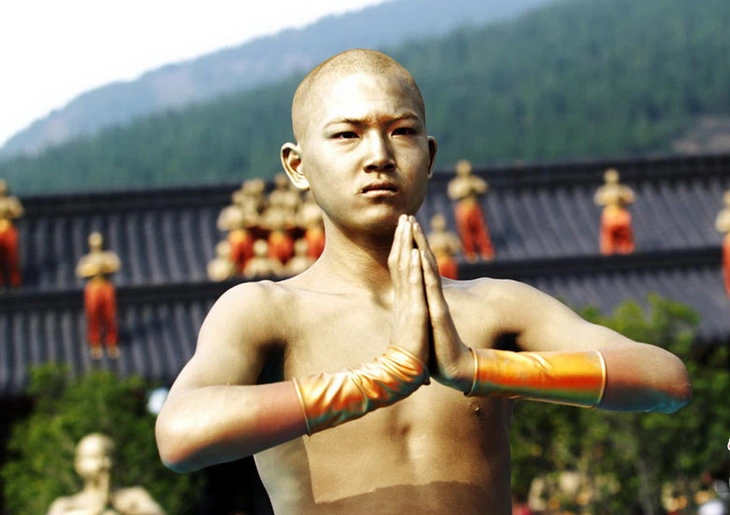
Shaolin monks at a traditional temple event - Photo: CNN
In Jin Yong's novels, Shaolin Temple martial arts are described as "smashing gold, breaking rocks", with many martial arts following the hard-kung school (a type of kung-fu that is purely about strength).
Why is vegetarianism still strong?
Of course, Jin Yong's pen exaggerated a lot, but the strong martial arts foundation of Shaolin Temple has long been proven.
Many martial arts such as Iron Cloth Shirt, Iron Head Gong, Vajra Finger… are real, showing that the Shaolin monks have bodies that are stronger than normal people. Surprisingly, the Shaolin monks still strictly adhere to a vegetarian diet.
Many TV stations such as CCTV and Discovery Channel have come to Mount Song to witness the vegetarian but no less interesting life of Shaolin Temple. They witnessed the martial monks here practicing skills such as chopping bricks with their hands, carrying rocks on their heads, carrying 20-40kg objects and still walking fast...
How can one have such abundant physical strength and a strong body when only eating vegetarian food? This is an interesting question that has been thoroughly studied by nutrition scientists .
An article on Healthline - a nutrition website explains clearly why Shaolin monks, despite being vegetarians, still have full physical strength and power:
1. Scientific and nutritious vegetarian diet
Although they do not eat meat, the monks' diet is carefully designed to provide enough energy:
Rich sources of vegetable protein: from tofu, soybeans, lentils, sesame, lotus seeds, cereals...
Abundant carbohydrates (starch): rice, noodles, sweet potatoes, corn help create energy.
Vegetable fats: sesame oil, peanut oil, margarine.
Vitamins and minerals: a variety of vegetables, seaweed, mushrooms, and tubers help nourish the body.
Eating vegetarian in the traditional Buddhist style can help purify the body, ease digestion, and maintain long-term endurance without causing sluggishness like a meat diet.
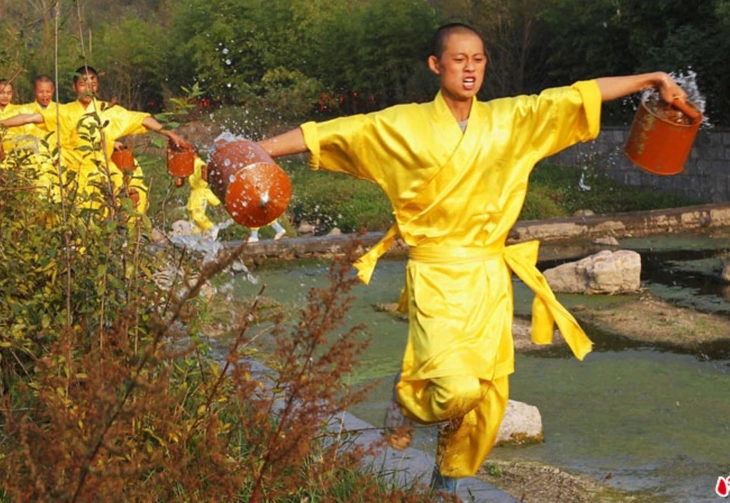
Carrying water is one of the familiar forms of exercise - Photo: CNN
2. The training process helps optimize strength from natural energy sources
Martial monks train their bodies continuously in harsh environments so their bodies adapt and utilize optimal nutrition.
No excess fat, but build lean muscle and endurance.
Some researchers have also found that vegetarian monks often have better endurance than meat eaters, thanks to a healthy heart and fewer toxins.
3. Ideal living environment
The living environment of Shaolin monks is considered extremely ideal for physical training in general, not just martial arts training.
Specifically, Shaolin Temple is located in Mount Song ( Henan Province), where the mountains are high, the forests are dense, and the air is extremely fresh. The terrain here also has many slopes and bumpy roads, suitable for training to develop endurance and balance.
The spring water here is completely natural, both drinking and bathing are good for the body. Not only that, the climate in Tung Son mountain is quite harsh, even more suitable for martial monks to practice endurance.
Daily routine and exercise schedule
According to martial monk Shi Yan Ming, a typical day at Shaolin Temple goes like this:
04:30: Wake up, start practicing for about 2 hours.
06:30: Breakfast with steamed tofu and vegetables.
07:30: Pray, meditate or rest for 1 hour.
08:30 - 12:00: Continue practicing martial arts and qigong.
12:00: Lunch with noodles, rice or steamed dumplings.
13:00 - 17:30: Practice and prayer.
17:30: Light dinner.
18:30 - 22:00: Meditation, sutra study and light exercise.
22:00: Rest.
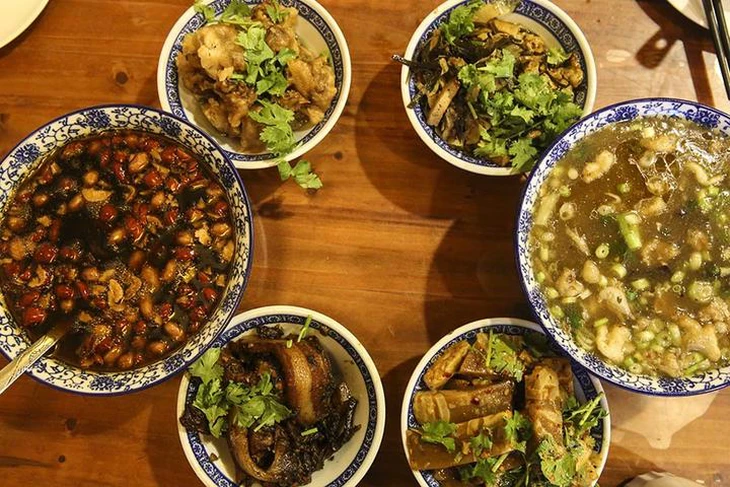
Vegetarian dishes commonly found on the Shaolin Temple menu - Photo: CNN
Diet
The diet of Shaolin monks is mainly vegetarian, focusing on natural foods and balanced nutrition:
Breakfast (06:00): "Eight Treasures" porridge includes rice, beans, lotus seeds, red dates, wolfberries and other seeds.
Lunch (11:30 - 12:30): Tofu, white rice and 5-6 types of vegetables such as bok choy, broccoli, cabbage, carrots.
Dinner (17:30): Noodles or steamed buns made from black or yellow wheat, served with vegetables.
Food and water sources
Food: Grown at the temple or purchased from local farmers, guaranteed fresh and free of preservatives.
Drinking water: Before 1986, water was taken from streams, wells or collected rainwater. Later, the pagoda had a tap water system, but still prioritized the use of natural water and avoided cold water.
How do Shaolin monks eat differently?
There is a certain difference between the diet of Shaolin monks and that of ordinary monks.
Specifically, the food intake of Shaolin monks is 1.5 to 2 times higher, the amount of vegetable protein and braised tofu, seaweed soup, barley noodles, and steamed buns also increases significantly. Shaolin monks also eat 3 meals a day and some snacks according to their training regimen.
Source: https://tuoitre.vn/su-thieu-lam-tu-an-chay-lam-sao-luyen-vo-2025052600130053.htm








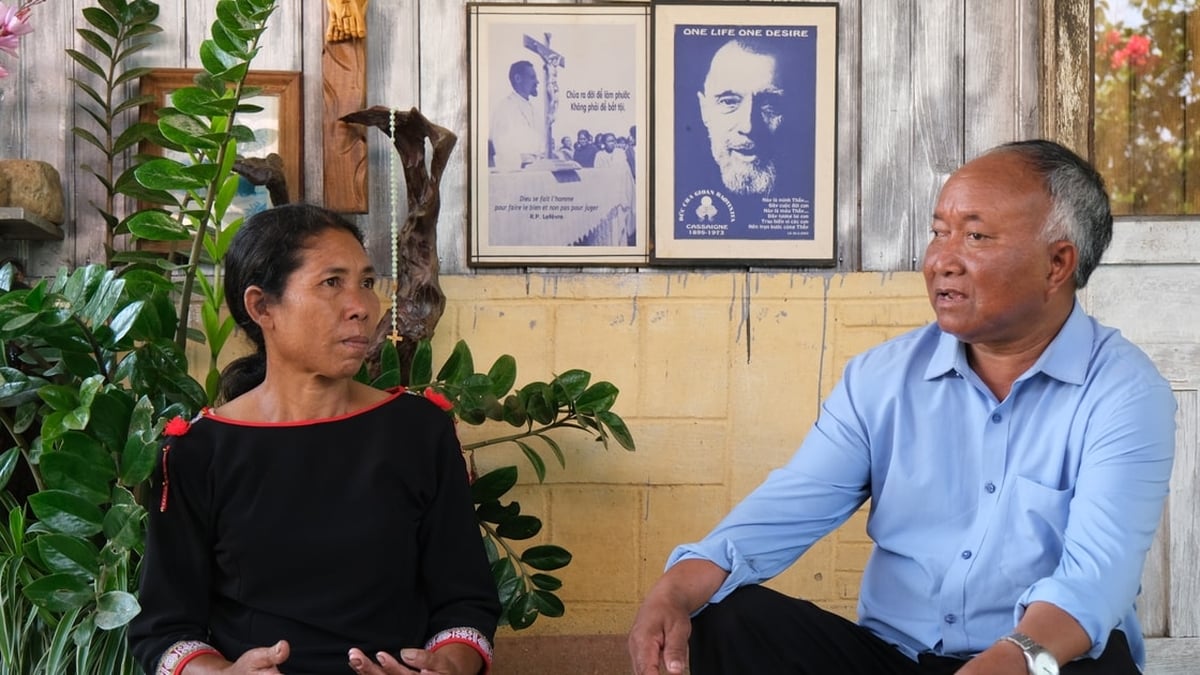


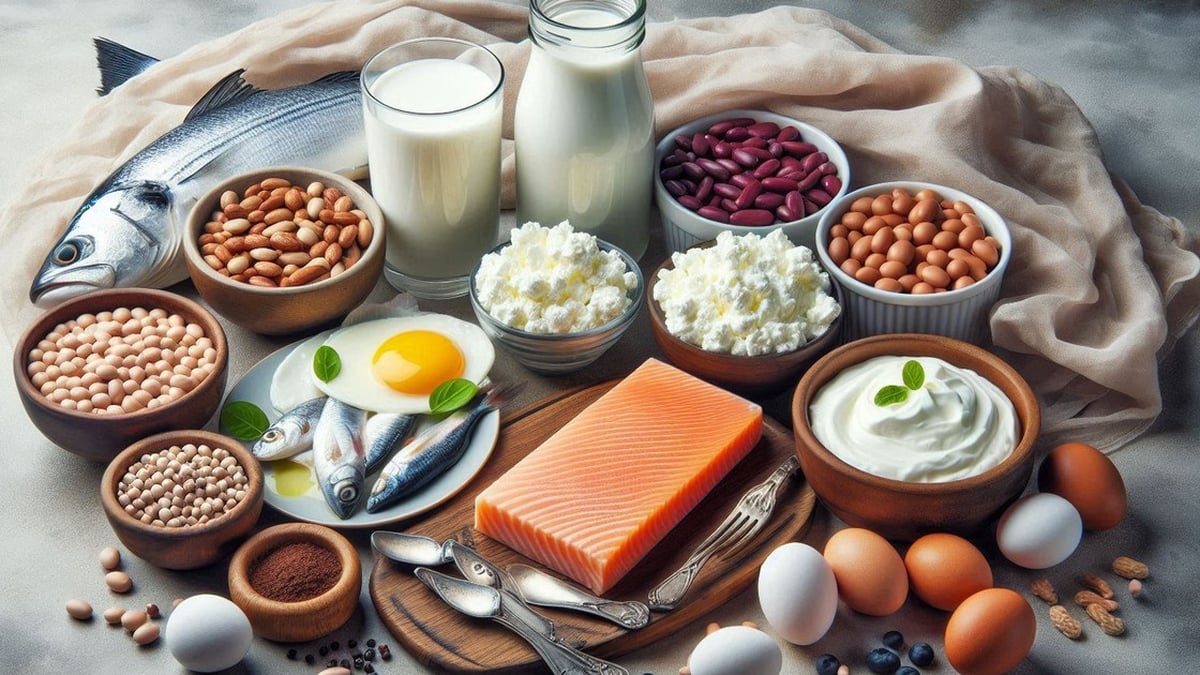














![[Photo] National Assembly Chairman Tran Thanh Man visits Vietnamese Heroic Mother Ta Thi Tran](https://vphoto.vietnam.vn/thumb/1200x675/vietnam/resource/IMAGE/2025/7/20/765c0bd057dd44ad83ab89fe0255b783)





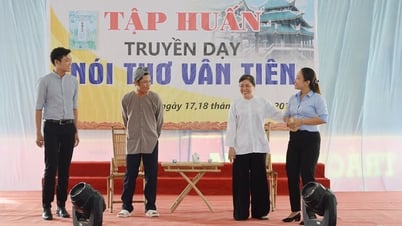































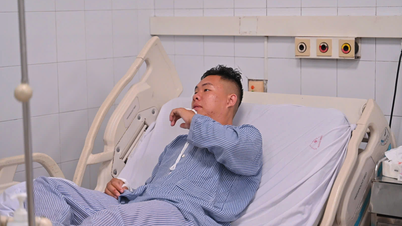































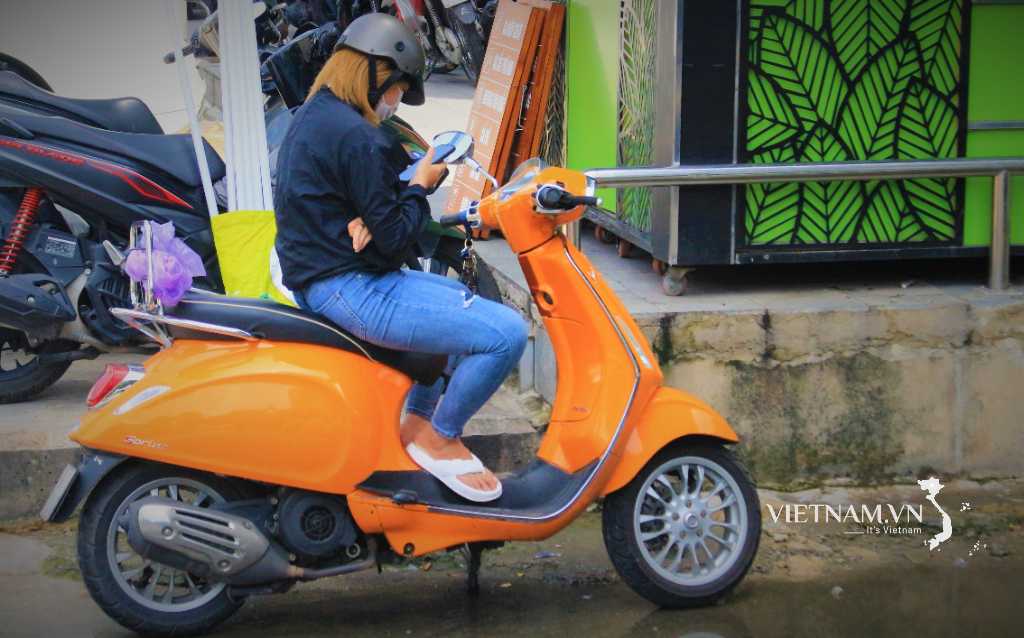
Comment (0)